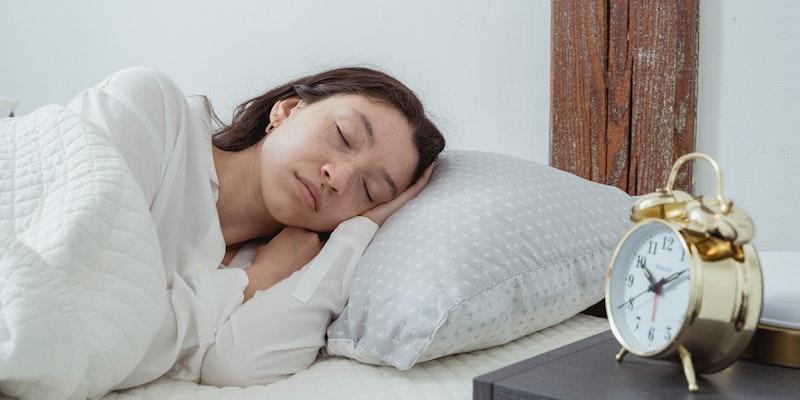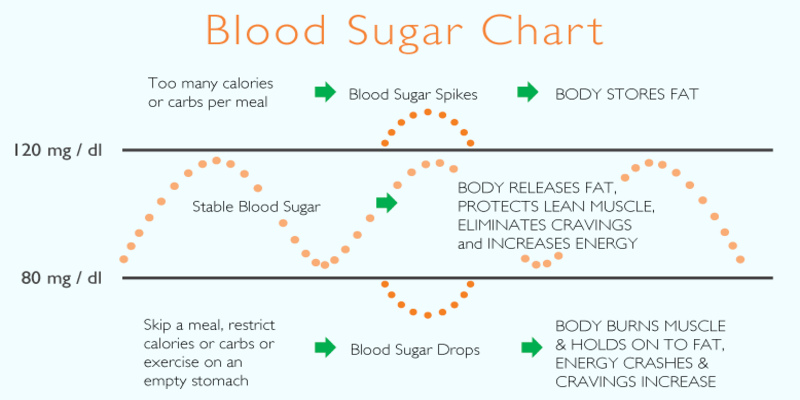A power nap, or cat nap, is a brief period of light sleep preceding the deeper sleep cycle stages. Power naps last 10–20 minutes, providing a fast energy boost and greater attentiveness. Power naps relieve exhaustion and sleepiness, especially for people who haven't slept enough. A power nap time should be long enough to avoid deep sleep, which might cause grogginess when you wake up. A wink of 10–20 minutes is ideal for gaining advantages without feeling tired. Power naps benefits productivity and mental health, especially during the afternoon slump. The nap time should be adjusted to suit personal preferences and prevent interrupting nocturnal sleep habits.
Power Nap is Not for Everyone
Power napping is a fast, light sleep technique to reset and boost productivity and attentiveness. Power naps benefits some. Insomniacs should avoid daytime naps since they might interrupt their sleep cycles and aggravate their condition. You may not require naps if you're receiving enough rest and performing effectively during the day.
Over one-third of Americans don't get the necessary seven hours of sleep, suggesting they may not be sleeping correctly. Some people think they're sleeping well yet have sleep troubles. Power naps help when productivity, information processing, or mental fog decrease during the day. Knowing when a power nap may boost work without disturbing sleep is crucial. ShutEye may monitor sleep habits to ensure a power nap schedule is not affecting sleep quality.
Benefits

There are many positive effects of taking a brief nap throughout the day, or "power nap," on one's health and quality of life. The benefits are thoroughly discussed here.
Enhanced Learning
The first benefit is enhanced learning and comprehension. The restorative powers of sleep, especially rapid eye movement (REM) sleep (after deep sleep), aid in physical restoration and inspire original thought and deeper comprehension. The advantages of both short and extended naps are similar. The brain helps with memory and other cognitive processes by consolidating information learned during the day while you sleep. In particular, power nap time of 10 to 20 minutes has been shown to boost memory recall and learning ability.
Increases Efficiency
Napping has been shown to improve one's disposition, memory, and mental acuity. Power naps, taken in the afternoon, are a popular relaxing strategy to improve performance and health. They aid with stress management, memory retention, and rational thought. Experts recommend 20-30 minutes of sleep to boost your happiness and productivity. Sleep inertia, brought on by extended napping, is temporary confusion.
Encourages Healthful Dietary Patterns
Disturbed sleep can increase appetite and possibly overeating due to disruptions in controlling hunger-related hormones like ghrelin. A short nap can compensate for lost sleep and help prevent hunger hormones, leading to better food choices and more restraint.
Since ghrelin (or "the hunger hormone") promotes appetite, controlling it is essential for eating healthily and keeping the pounds off. Good sleep hygiene, including catnaps, aids in the regulation of ghrelin.
Enables Development and Revival
Daytime naps and nighttime sleep both help the body recover from the effects of fatigue and stress. Power naps benefit hormone levels, allowing the body to develop and repair itself by regenerating muscles and other tissues.
Pituitary gland-secreted growth hormone is essential for cell repair, new development, and a balanced physique. Inducing its production by napping helps the body repair itself and expand.
Regulating Blood Pressure
Controlling blood pressure without medication is essential for cardiovascular health, and practices like sleeping can help with this. Lowering blood pressure during a nap may be related to the relaxation and stress relief brought on by the nap.
What is Perfect Power Nap?

Precision is needed to master power napping. A famous 1995 NASA research found that a 26-minute sleep boosts alertness by 54% and performance by 34%, reaching the "sweet spot".
Experts recommend that the best power nap time should be of 20–30 minutes. Setting an alarm is essential to stay inside this recommended timeframe.
Why nap duration matters is explained by the sleep cycle. Sleep cycles from mild NREM to profound REM. REM sleep restores energy, improves muscular blood circulation, and repairs tissue and bone in 90-minute cycles.
Avoid REM sleep and waking up from it when napping to avoid sleep inertia and disorientation. A 20-minute snooze wakes you up during the lighter sleep phases, leaving you rejuvenated.
Beyond the sleep duration, several practices can boost power nap efficacy. A dark, cold, quiet slumber zone is crucial to a suitable power nap. Silencing your phone or placing a "do not disturb" sign will improve your snooze.
Ways to Make Your Power Nap Perfect
Timing and surroundings are crucial to power nap perfection. A 1995 NASA research found that a 26-minute power sleep is best. This period increased attentiveness by 54% and performance by 34%. However, experts believe that a 20–30-minute rest can be beneficial without creating grogginess. An alarm is essential to avoid oversleeping.
Nap length affects sleep cycles. Sleep cycles from lighter NREM to deeper REM. A process lasts 90 minutes, and intense REM sleep during a nap can cause sleep inertia and disorientation. By napping for 20 minutes, you wake up in the lighter sleep phases, feeling refreshed. Consider these power nap tips to boost effectiveness:
Ideal Napping Conditions
Set up a dark, calm, and peaceful nap area. If environmental elements are challenging to regulate, a sleep mask, comfortable clothes, and a white noise app can assist. Silence your phone or use a "do not disturb" signal to reduce disturbances.
Strategic Timing
Plan your nap around your schedule. Late-day naps may disrupt evening sleep. Choose an early-to-mid afternoon period when energy drops.
Comfort and Support
A nice blanket and pillow will make your resting room comfy. Proper body support might help you relax and slumber better.
Be Regular
Maintain regular nap times. Frequency helps your body anticipate and adjust to breaks, easing the transition into sleep. Understand nap timing science and optimize your nap environment to maximize power naps for productivity and well-being. Try these methods to find the ideal power nap method to boost performance and energy.




